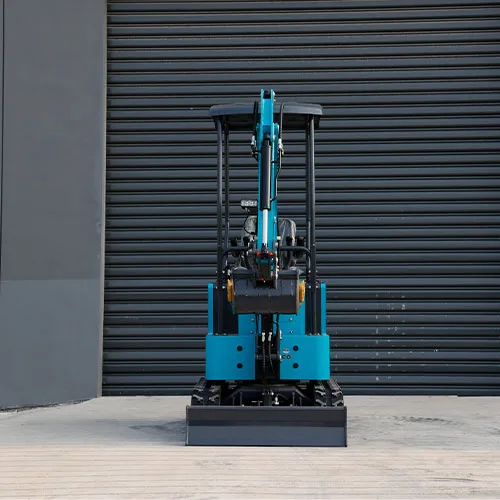Welcome to My Blog!
Before we dive into the content, I’d love for you to join me on my social media platforms where I share more insights, engage with the community, and post updates. Here’s how you can connect with me:
Facebook:https://www.facebook.com/people/Shandong-Huaying-International-Trade-CoLtd/61569380364327/
Now, let’s get started on our journey together. I hope you find the content here insightful, engaging, and valuable.
Table of Contents
Introduction
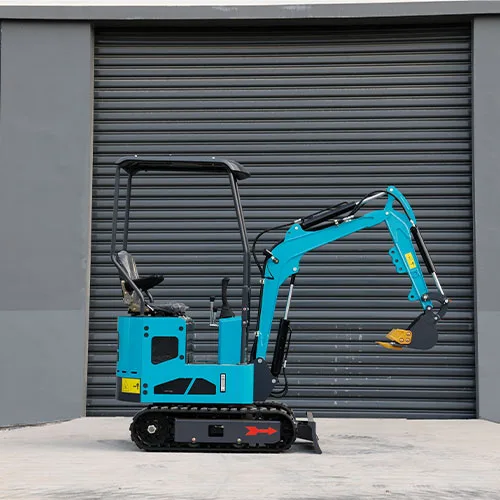
Small size excavators, also known as mini excavators or compact excavators, have revolutionized construction, landscaping, and various other industries. Their compact design and versatility make them ideal for navigating confined spaces and undertaking tasks where larger machinery would be impractical. These machines, while smaller in stature, pack a powerful punch, offering impressive digging force, maneuverability, and adaptability. This guide delves into the specifics of small size excavators, exploring their applications, key features, selection criteria, and maintenance tips to help you make an informed decision.
What is a Small Size Excavator?
A small size excavator is a tracked or wheeled vehicle with a boom, dipper (or stick), and bucket attached to a rotating cab. Unlike their larger counterparts, these excavators are designed for maneuverability in tight spaces, making them invaluable for urban construction, landscaping projects, utility work, and even residential applications. Typically, small size excavators weigh less than 6 metric tons (approximately 13,000 lbs).
Benefits of Using a Small Size Excavator
The popularity of small size excavators stems from their numerous advantages:
- Maneuverability: Their compact size allows them to access confined spaces, such as backyards, narrow streets, and indoor construction sites.
- Versatility: With various attachments like augers, breakers, and grapples, small excavators can perform diverse tasks beyond digging.
- Reduced Ground Damage: Compared to larger excavators, their lighter weight minimizes ground disturbance, making them suitable for sensitive landscapes.
- Lower Operating Costs: Small size excavators generally consume less fuel and require less maintenance than larger machines.
- Ease of Transportation: They can be easily transported on trailers pulled by standard pickup trucks.
Key Features of Small Size Excavators
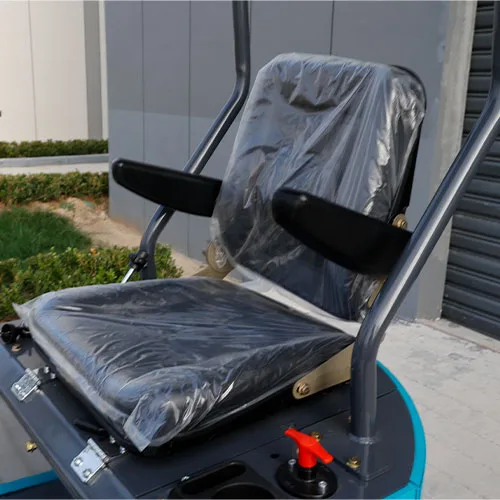
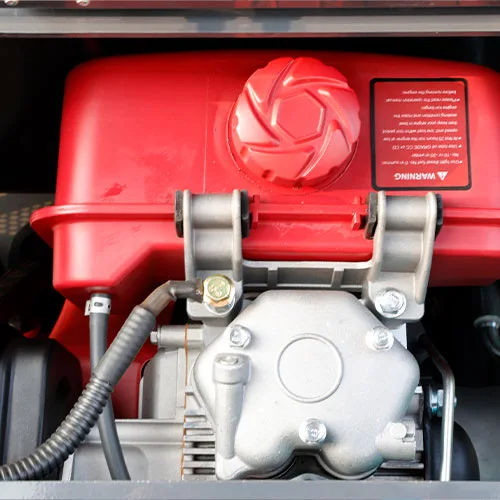
Understanding the key features of a small excavator is essential for choosing the right machine for your needs.
Digging Depth and Reach
Digging depth refers to the maximum depth the excavator can dig below the ground surface, while reach indicates the maximum horizontal distance the machine can extend its boom and dipper. These specifications are crucial for determining the excavator’s capabilities for specific excavation tasks.
Bucket Capacity
Bucket capacity measures the volume of material the excavator’s bucket can hold. Choosing the appropriate bucket size depends on the type of material being excavated and the desired productivity.
Engine Power and Hydraulic System
The engine’s horsepower determines the excavator’s overall power and performance. The hydraulic system is responsible for powering the boom, dipper, bucket, and other attachments. A robust hydraulic system ensures smooth and efficient operation.
Undercarriage and Tracks
The undercarriage and tracks provide stability and mobility. Track type (rubber or steel) depends on the terrain and application. Rubber tracks are ideal for minimizing ground damage on paved surfaces, while steel tracks offer superior traction on rough terrain.
Zero Tail Swing vs. Conventional Tail Swing
Zero tail swing excavators have a counterweight that stays within the width of the tracks, making them ideal for working in extremely confined spaces. Conventional tail swing excavators have a counterweight that extends beyond the tracks, requiring more operating space.
Choosing the Right Small Size Excavator for Your Project
Selecting the appropriate small size excavator depends on several factors related to the specific project:
Project Scope and Requirements
Consider the type of work you will be performing, such as digging foundations, trenching for utilities, landscaping, or demolition. This will determine the required digging depth, reach, and bucket capacity.
Job Site Conditions
Assess the terrain, soil type, and available workspace. If you’re working in a confined area, a zero tail swing excavator is essential. For rough terrain, steel tracks offer better traction.
Budget Considerations
Small excavators are available in a range of prices. Determine your budget and consider factors like operating costs, maintenance expenses, and resale value.
Available Attachments
Think about the various tasks you might need to perform beyond digging. If you require specialized functions, choose an excavator compatible with attachments like breakers, augers, and grapples.
Small Size Excavator Specifications Comparison
This table provides a general comparison of different small size excavator classes based on their operating weight and typical applications.
| Operating Weight Class | Typical Applications | Digging Depth (Approx.) | Bucket Capacity (Approx.) | Key Advantages |
|---|---|---|---|---|
| Mini (Under 1 Ton) | Indoor demolition, landscaping in tight spaces, residential projects | 6-8 feet | 0.01-0.03 cubic meters | Extremely compact, ideal for confined spaces |
| Compact (1-3 Tons) | Utility work, landscaping, small construction projects, trenching | 8-10 feet | 0.03-0.1 cubic meters | Versatile, good balance of power and maneuverability |
| Medium (3-6 Tons) | Larger construction projects, excavation, site preparation | 10-12 feet | 0.1-0.2 cubic meters | More powerful, suitable for demanding tasks |
Maintenance Tips for Small Size Excavators
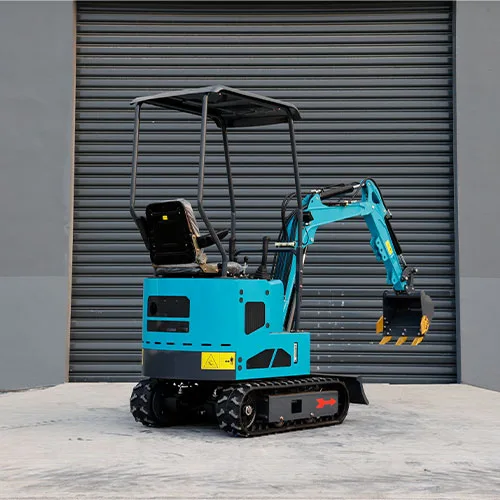
Proper maintenance is crucial for maximizing the lifespan, performance, and resale value of your small size excavator. A well-maintained machine operates more efficiently, reduces downtime, and minimizes costly repairs in the long run.
Regular Inspections
Conduct daily walk-around inspections before each use. Check fluid levels (engine oil, hydraulic fluid, coolant, transmission fluid, if applicable), inspect filters (air, oil, fuel, hydraulic) for cleanliness and damage, examine hoses for cracks or leaks, assess tracks for wear and tear, and thoroughly inspect undercarriage components for any signs of damage or loose parts. This proactive approach can identify potential issues early on, preventing more significant problems down the line.
Lubrication
Regularly lubricate all moving parts, including pins, bushings, joints, and other friction points, according to the manufacturer’s recommendations outlined in the operator’s manual. Using the correct type of lubricant is essential for optimal performance and longevity. Proper lubrication reduces friction, heat, and wear, extending the life of critical components and ensuring smooth operation.
Filter Changes
Change filters (air, oil, fuel, hydraulic) at the recommended intervals specified by the manufacturer. Clean filters can significantly impact the performance and efficiency of the excavator. Regularly replacing filters ensures optimal engine combustion, clean hydraulic fluid, and efficient airflow, contributing to better fuel economy and reduced engine wear.
Track Maintenance
Inspect tracks for wear and tear, checking for cuts, embedded debris, and proper tension. Adjust track tension as needed to prevent premature wear and ensure proper traction. Clean tracks regularly to remove accumulated dirt, mud, rocks, and other debris that can accelerate wear and damage to the tracks and undercarriage components.
Professional Servicing
Schedule regular professional servicing by a qualified technician at recommended intervals or after a specific number of operating hours. Professional servicing includes more in-depth inspections, diagnostics, and preventative maintenance procedures that may not be feasible for daily operators. This proactive approach helps identify and address potential issues before they escalate into major problems, ensuring the excavator’s long-term reliability and performance.
Conclusion
Choosing the right small size excavator is a significant investment that can greatly enhance productivity and efficiency on various projects. By carefully considering the project scope, job site conditions, key features, and maintenance requirements, you can select a machine that meets your specific needs and provides years of reliable service. Understanding the different specifications of small size excavators, including digging depth, bucket capacity, and engine power, will allow you to make a more informed decision. Remember that investing in a quality machine and adhering to a regular maintenance schedule will maximize its lifespan and return on investment. This detailed guide has provided a comprehensive overview of small size excavators, empowering you to make a well-informed choice for your next project.
FAQ
What is the average lifespan of a small size excavator?
With proper maintenance, a small size excavator can last for several thousand hours of operation, often exceeding 5,000 hours or more.
Can I operate a small size excavator without a license?
Regulations vary by location. In some areas, a specific license or certification may be required, especially for commercial use. It is best to check your local regulations.
What are the common attachments for small size excavators?
Common attachments include augers, breakers (hydraulic hammers), grapples, trenchers, and various types of buckets.
How do I transport a small size excavator?
Small size excavators can be transported on trailers towed by pickup trucks or other suitable vehicles. Ensure the trailer has the appropriate weight capacity and secure the excavator properly for transport.
What is the difference between a backhoe and a small size excavator?
While both are digging machines, backhoes typically have a loader bucket on the front and a digging arm on the back, making them more versatile for tasks like loading and material handling. Small size excavators are primarily designed for digging and excavation tasks.

